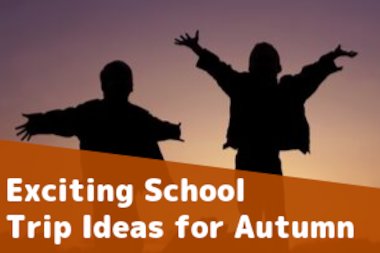A Year of Reading: Guided Reading
In Dr Kornel Kossuth’s eighth post for us as he continues on in his challenge to promote reading for pleasure during the school day, he discusses guided reading; what it actually means, and how it can help your pupils develop their reading skills.
As described in my last blog post, there are many different ways to read and it is vital, when children do read, to somehow ensure they are doing this effectively. How can a school guide that?
The answer, almost a buzzword, is guided reading. But what is that? It seems everyone understands something slightly different under that terminology.
So, rather than describe what guided reading is, could be or ought to be, it might be more useful to look at the various ways reading can happen and be supported in a school environment. Depending on the timetable these will (unfortunately) not all happen daily, but the more they do, the better.
I am a great believer in reading aloud. It’s a difficult skill to master and the real proof of the pudding is whether a pupil can not only read an unseen text aloud effectively, but also understand what they have just read. Usually, vocalizing a text takes up all concentration and the pupils don’t actually remember what they have read. The more they practice reading to an audience, the more the brain becomes free to do other things – like find out what it is actually reading!
If reading aloud is the Holy Grail of reading, it starts more quietly, with reading to oneself. While it has become tradition to listen to a pupil read in a one-to-one situation and then ask questions, surely we should begin by letting a pupil read a text for themselves, quietly, and then ask them questions. Whether a pupil reads out loud to a class or out loud to one other person – the block on brain capacity is the same. So, we should let a pupil read in silence and then ask questions about the text they’ve just read, guiding them to answers if need be and explaining how these answers can be gleaned, especially in the case of inference questions. While this activity is certainly most powerful on an individual basis, it can be done in a whole class situation by letting pupils read a certain excerpt and then involving all in the answering through the use of whiteboards.
A step before this is reading a text to the pupils, with them reading along, and then asking questions. Like this, pupils learn how to string words on the page together to form meaning and how intonation and pauses can change a text.
One way is not better than another. Ideally all three forms of guided reading, as well as the pupils reading to themselves for enjoyment without any questions asked, should be cultivated as much as possible, as the pupils learn different things from each activity. Now the only challenge is to find the hours…
Kornel Kossuth has loved English since a young age and began teaching it to children ten years ago. Before turning to teaching, he was a lawyer and (briefly) a diplomat. A published poet, poetry busker and poetry blogger, he is also the author of a number of English resources and is currently working on textbooks for years 7 and 8.
Similar Posts
-

5 Reasons to Try Phonics Book Bag Readers
Scholastic Phonics Book Bag Readers are an easy-to-use series of decodable readers designed to help children develop their phonic knowledge and early reading skills at home and in the classroom. Check out our 5 reasons to…
-

Giving Great Assemblies: 15 Top Tips
What makes a good assembly? John Dabell shares his top 15 tips to elevate your assembly skills.
-

Exciting school trip ideas for the autumn term
Engaging and educational school trip ideas for Primary and Early Years this autumn term.
